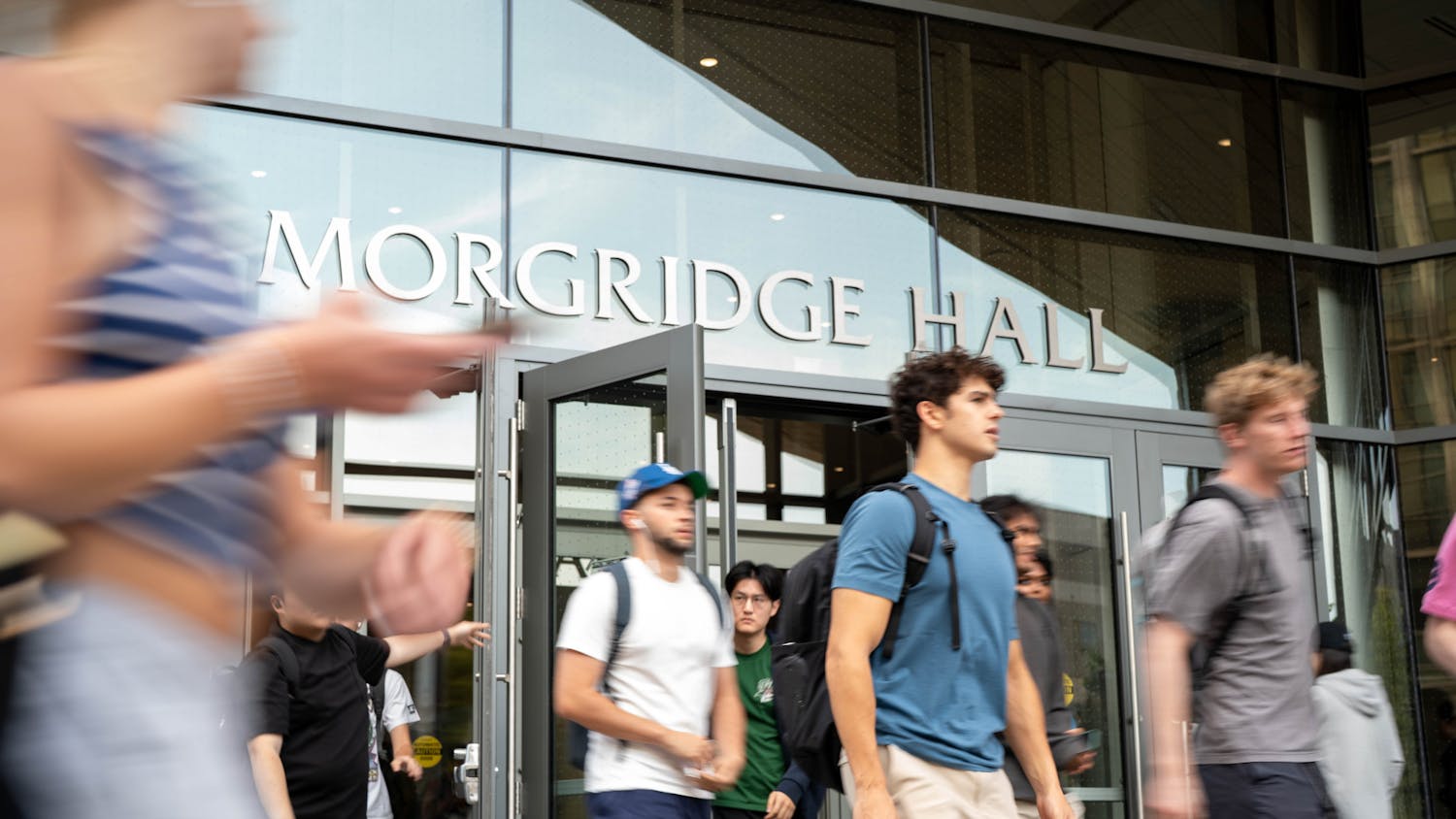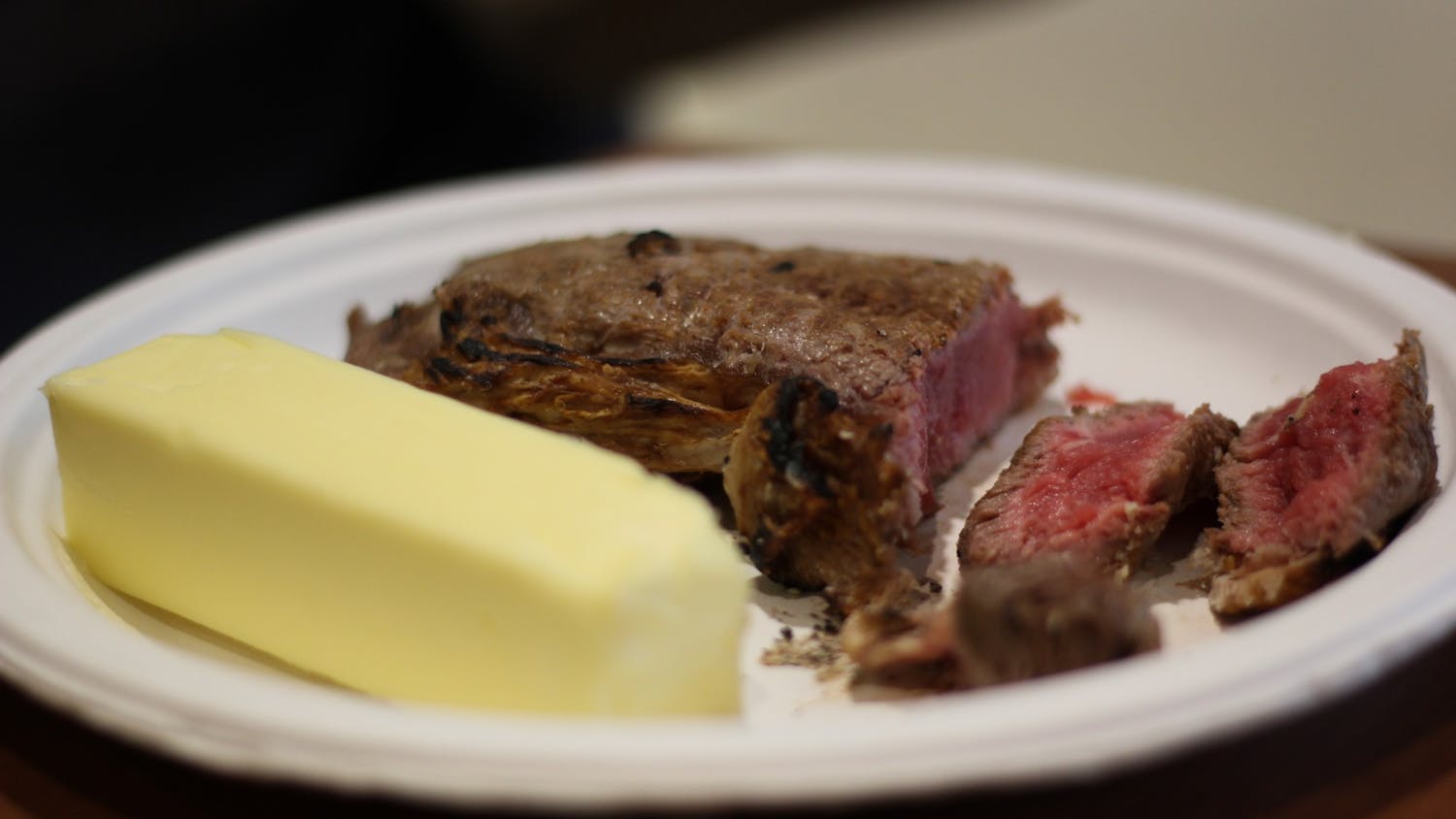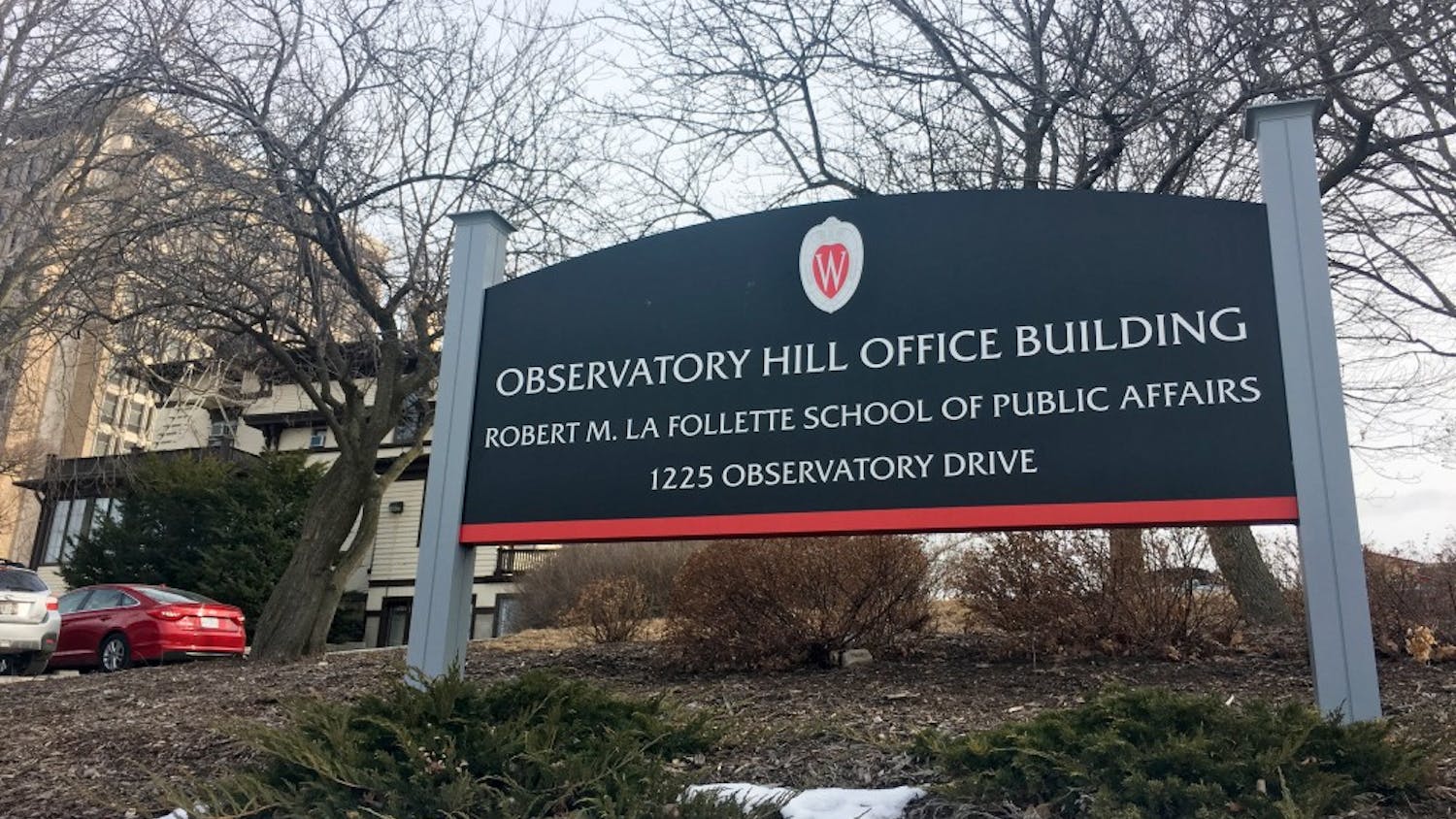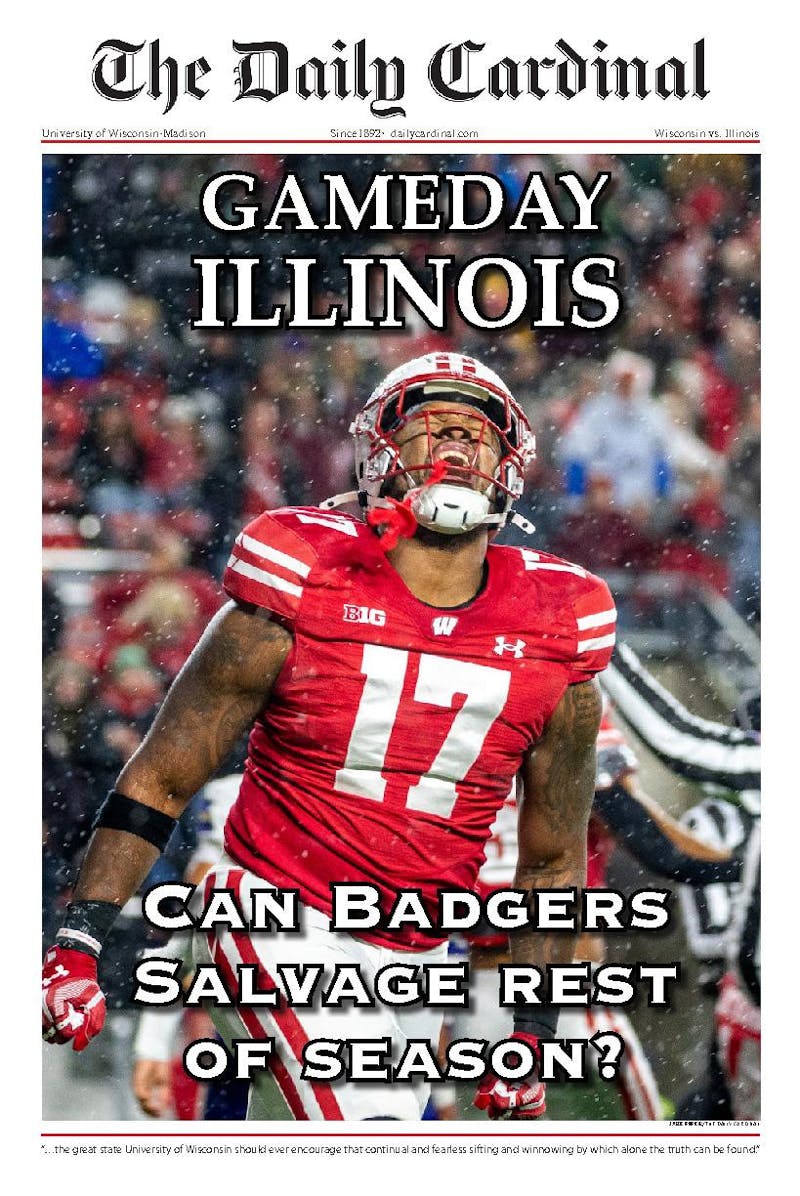The University of Wisconsin-Madison’s 174-year history holds countless examples of past actions the university would rather forget. As with almost any institution of UW-Madison’s size and age, its history is pockmarked with incidents of bigotry and discrimination — but the Public History Project aims to face them head-on, raising awareness of uncomfortable histories in order to create a better future for all Badgers.
Perhaps no facet of the project has been as public as “Sifting and Reckoning,” an installation set to open at the Chazen Museum of Art on Monday, Sept. 12. Made up nearly exclusively of content from the UW Archives, the exhibit weaves a powerful, shocking narrative of hatred, exclusion, activism and UW students’ ability to affect change.
The Public History Project traces its origin to a 2018 study commissioned by former Chancellor Rebecca Blank, to investigate two student groups in the 1920s that bore the name of the Ku Klux Klan. Since then, those involved with the project have pored over decades of university history in order to illuminate its more shameful elements and educate the community.
At the helm of the project is Kacie Lucchini Butcher, a public historian who aims to engage communities with their histories in meaningful ways. According to Butcher, the Public History Project is unique in its intersectionality as it attempts to display different histories of exclusion as one interconnected story rather than treating them as discrete issues that do not affect one another.
Butcher also lauded the project’s public nature, stating that while many schools are addressing these issues by releasing dense reports, the Public History Project goes above and beyond in its efforts to share its findings with the UW-Madison community, engaging them in their history.
“Sifting and Reckoning” is exemplary of the project’s values, centering historically-silenced voices and telling stories of vastly differing communities alongside one another. Butcher hopes this will allow visitors to see how these events occurred simultaneously and impacted each other greatly.
“UW is not a vacuum; it is a microcosm of society,” said Vice Provost LaVar Charleston, the university’s Chief Diversity Officer, at the exhibit’s preview. “The phenomena explored in the project do not end with the bounds of campus.”
The history covered in the project spans nearly two centuries, from the founding of the Wisconsin Territory on stolen Ho-Chunk land to 2019’s controversial Homecoming video, and covers the university in all its aspects — academia, athletics, student life, housing and more.
Many campus departments, among them the McBurney Center, the Gender and Sexuality Campus Center, and the Multicultural Center, can trace their origins back to stories covered within “Sifting and Reckoning.”
The exhibit shares examples both of discrimination and of targeted groups’ dedication to fighting back. It covers antisemitic violence and vandalism alongside the stories of the first Jewish organizations to be formed on campus, and inaccessibility and ableist obstacles along the inspirational story of Floyd McBurney.
Part of the exhibit takes the narrative of Black students at UW, which begins with its first Black graduate — William Noland — in 1875, and goes on to encompass histories of racism and activism spanning decades.
The exhibit displays advertisements run in the Daily Cardinal that urge students to attend the engineering students’ minstrel show. Each Homecoming, students took the stage in blackface, performing offensive caricatured versions of Blackness throughout the early 20th century.
Among the most-represented eras was the 1960s, a volatile time rife with political movements and injustice. The 1960s saw unprecedented activism from young people across the country, and this activism is immortalized at the installation. Posters and lists of demands from different protests were on display, from the 1969 Black Student Strike to protests of the Vietnam draft.
Some of the listed demands have yet to be fulfilled, even decades later. According to Charleston, this may serve as inspiration for others to carry on the fight.
“There is yet progress to be made,” he stated. “But we did that as Badgers, even at great personal cost [...], and that adds so much to our understanding of the value of this place and community.”
John Zumbrunnen, Vice Provost for Teaching and Learning and a political science professor involved with the Public History Project, explained that engaging with history head-on allows for us to see it not just as an object of study but as our own complex, nuanced story. Engaging with history, he said, allows modern people to draw inspiration from those who came before us.
“Sifting and Reckoning” will be on display at no cost at the Chazen Museum of Art from Sept. 12 through Dec. 23.
Cormac LaLiberte is the current editor of the college news desk. He is a junior studying linguistics, and has previously reported primarily on social issues pertaining to UW-Madison. Get in touch on Twitter @CormacLaLiberte.






